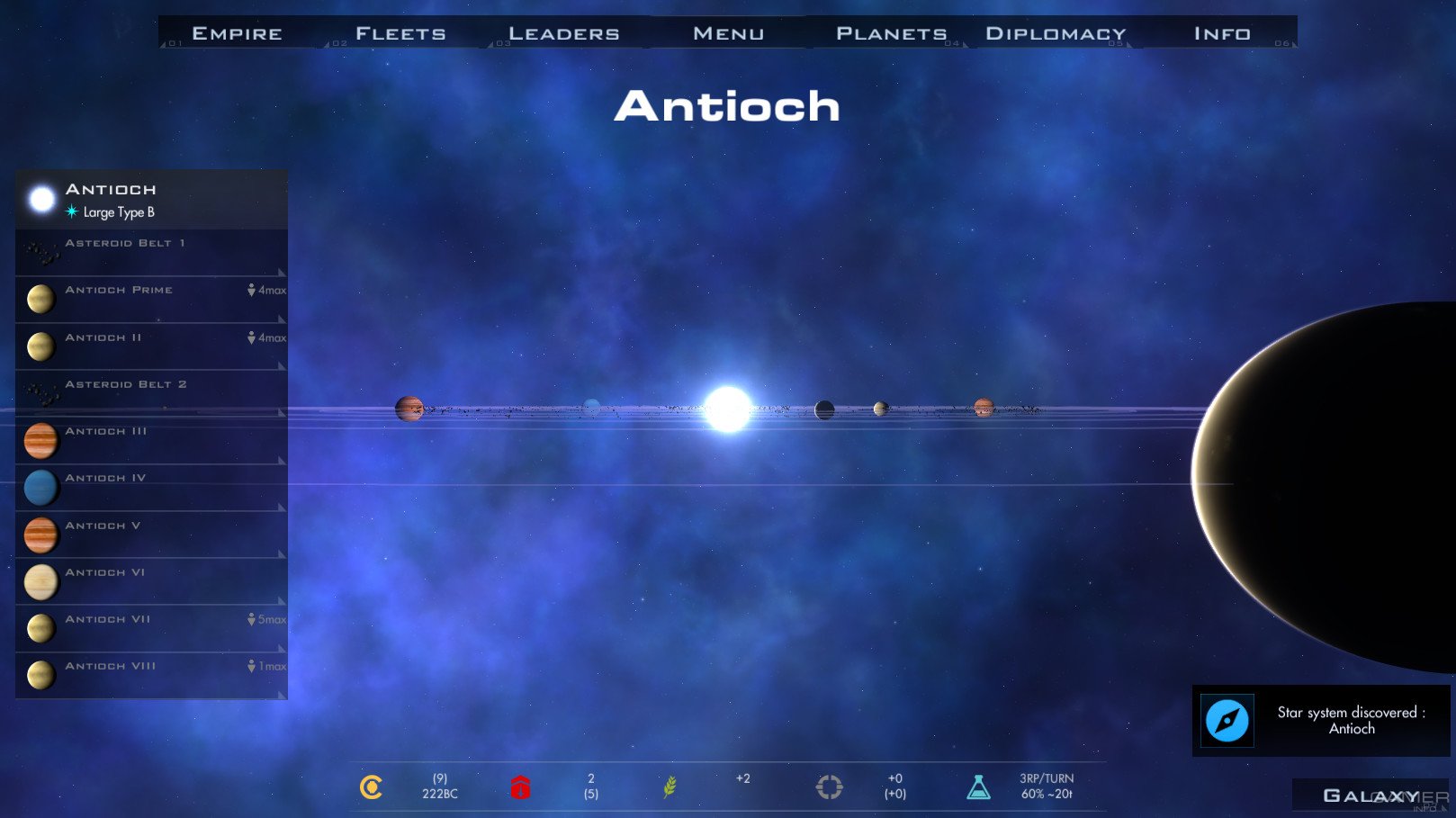
Barbro hobbles along behind them, wielding a pitchfork and singing at the top of her voice, her face turned to meet the dancing snowflakes, which she snaps at between the strains of her song. Then paths will appear between the farmhouses and the barn and the wharf buildings and boathouse and peat-stacks and potato cellars and haylofts and moorings, between the islanders’ workplaces and stores, paths that will become entwined into a tangle of wild, random squiggles, the marks of children and play and ephemerae there are many youngsters on the island in this, the first year of peace, there have never been more.Īnd then a dirty-brown rivulet winds its way south-west through the landscape, it is the sheep going to graze on the seaweed in the south of the island. Then its inhabitants will begin to form a black grid of tracks criss-crossing the whiteness, the widest of them will connect the two farmhouses, the old, run-down building on the island’s highest point, surrounded by a cluster of trees, and the new one in Karvika, which is resplendent and showy, and in the summer is reminiscent of a stranded ark. Snow is now falling heavily on the island, making it white and round – this lasts for one day and a night.

Except that no-one has ever seen Barrøy from the sky, other than the bomber crews, who did not know what they were seeing, and the Lord God, who does not appear to have had any purpose with this imprint He has left in the sea. We're excited to share an excerpt from the novel here today, courtesy of Biblioasis.Įxcerpt from Eyes of the Rigel by Roy Jacobsen, translated by Don Bartlett and Don Shawįrom the sky, Barrøy resembles a footprint in the sea, with some mutilated toes pointing west.


As she travels, meeting strangers both kind and cruel, many damaged in various ways by the war she witnessed from afar, she is forced to ask difficult questions about herself, Alexander, and her view of the world. Called "remarkable" by The Guardian, Eyes of the Rigel is a triumph of fearless storytelling and intense examination of the human condition. Her island's level of isolation means she's never so much as taken a train before. One he was strong enough, he left to seek safety in neutral Sweden, leaving Ingrid with a newborn daughter and a note in a language she cannot read.Īs Ingrid attempts to follow her lover's journey so they can reunite as planned, she gets a crash course in all that she has missed. A prisoner named Alexander made it to Barrøy alive, only to be found by Ingrid, who fell in love with him and hid him. It's into this tense environment that Ingrid Barrøy wanders with her 10-month old child in Eyes of the Rigel (Biblioasis, translated by Don Bartlett and Don Shaw) by Roy Jacobsen. First introduced in Jacobsen's Booker Prize-shortlisted The Unseen (and featured again in its acclaimed sequel, White Shadow), Ingrid returns in this, the third novel in the series, finally leaving-for the first time in her life-the tiny Norwegian island of her birth, which shares her surname.īarrøy Island was largely untouched by the war, apart from the nearby sinking of the MS Rigel, a German ship carrying POWs. Distrust, trauma, and rage simmered under the surface of a stunned continent. Collaborators and resistance fighters lived side by side, with communists, refugees, former military, and others each carrying their own complex experiences of the war. In Europe, the end of the Second World War officially meant peace, but that peace was for many a deeply uneasy one.


 0 kommentar(er)
0 kommentar(er)
